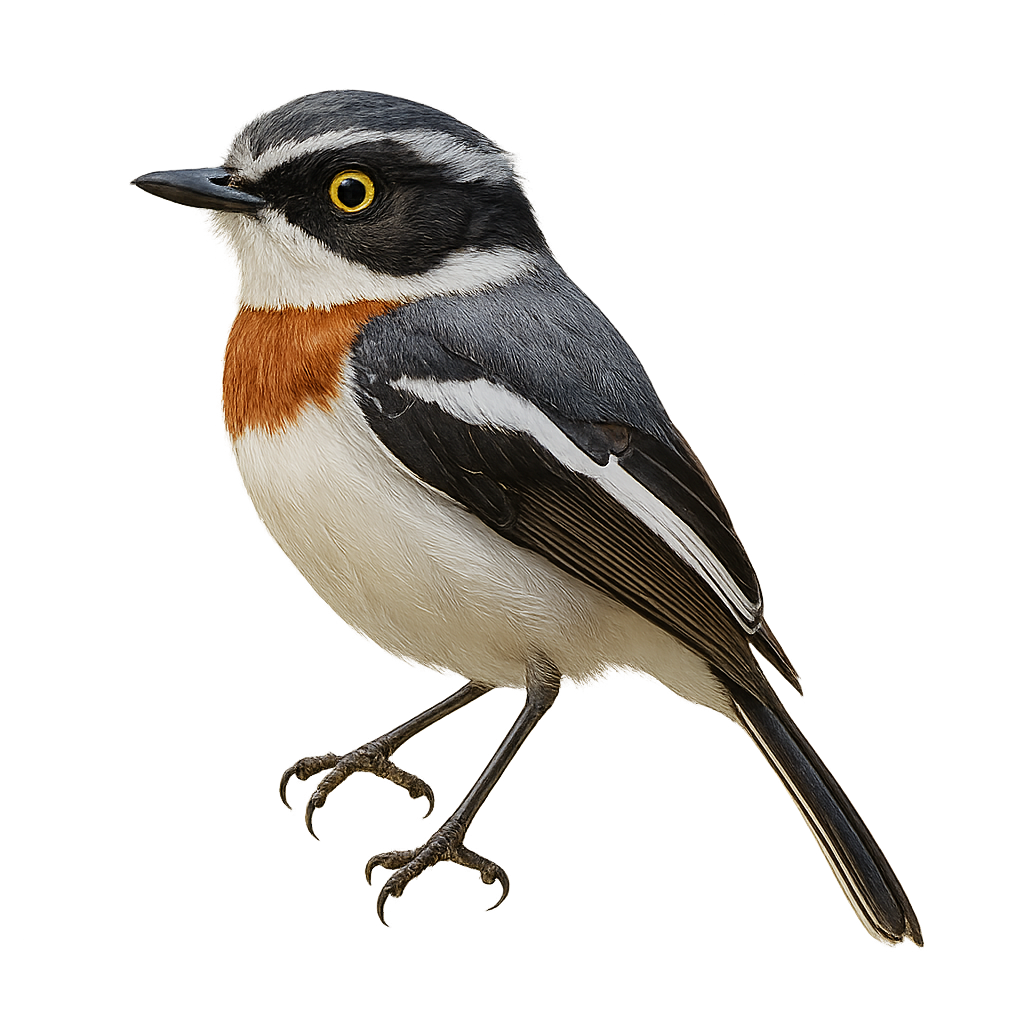Your wildlife photography guide.
Explore the chinspot batis in detail, study its behavior, prepare your shots.
Where to observe and photograph the chinspot batis in the wild
Learn where and when to spot the chinspot batis in the wild, how to identify the species based on distinctive features, and what natural environments it inhabits. The WildlifePhotographer app offers tailored photography tips that reflect the chinspot batis’s behavior, helping you capture better wildlife images. Explore the full species profile for key information including description, habitat, active periods, and approach techniques.
Chinspot Batis
Scientific name: Batis molitor

IUCN Status: Least Concern
Family: PLATYSTEIRIDAE
Group: Birds
Sensitivity to human approach: Suspicious
Minimum approach distance: 5 m
Courtship display: October to November
Incubation: 14-16 jours
Hatchings: October to December
Habitat:
Forests, savannas, shrublands
Activity period :
Primarily active during the day, with peak activity in the morning and late afternoon.
Identification and description:
The Chinspot Batis is a small passerine bird found mainly in sub-Saharan Africa. It is easily recognizable by its distinctive plumage, featuring a black band across the chest and a contrasting white chin. Males and females show subtle differences in coloration, with males generally having brighter colors. These birds are often seen in pairs or small groups, actively moving through bushes and trees in search of insects. They are known for their melodious and repetitive song, which plays a crucial role in territory defense and mate attraction.
Recommended lens:
400 mm – adjust based on distance, desired framing (portrait or habitat), and approach conditions.
Photography tips:
To photograph the Chinspot Batis, it is advisable to use a telephoto lens of at least 400mm to capture detailed images without disturbing the bird. Look for areas where these birds are active, such as forest edges or savannas. Be patient and discreet, as although they are suspicious, they can get used to your presence if you remain still. Take advantage of the morning or afternoon hours to benefit from soft natural light.
The WildlifePhotographer App is coming soon!
Be the first to explore the best nature spots, track rutting seasons, log your observations, and observe more wildlife.
Already 1 439 wildlife lovers subscribed worldwide

